In November 2019, China Central Academy of Fine Arts organized the first “International Residency Project of Young Artists” and seven artists were invited to participate in it including Wu Xiaohai, Shang Liang, Ye Funa, Lu Zhengyuan, Zhang Wenchao, Chen Baoyang, Etsu Egami. All of them are excellent young artists with an international vision and they are emerging in the art field. They had visited Tokyo, Chiba, Kyoto, Nara and other cities to conduct exploration and communication, which enabled them to find an effective way and their own position in the international art field. The report on the exhibition of the residency project was presented by Field Art Center on October 23, 2020. The Exhibition returned to China Central Academy of Fine Arts again on November 5, 2021. It shows the cultural collision and exchange of young artists in residency practices, which also reflects their thinking when they were confronted by the pandemic.
Fan Di’an, President of China Central Academy of Fine Arts; Su Xinping, Vice President of China Central Academy of Fine Arts; Wang Xiaolin, Deputy Secretary of CAFA Party Committee; Lyu Pinjing, Vice President of China Central Academy of Fine Arts; Sun Wei, Deputy Director of CAFA Education Development Foundation; Lu Yingming, Secretary General; Zhang Zikang, Director of CAFA Art Museum; Han Wenchao, Secretary of Direct Party Branch, as well as representatives of schools and departments, faculty members and students attended the opening ceremony. Qin Jianping, the initiator of the residency project presided over the event.

Fan Di’an, President of China Central Academy of Fine Arts
Fan Di’an, President of China Central Academy of Fine Arts, pointed out in his speech that, “CAFA is devoted to the construction and development of all faculty members, and it has also adopted various forms to build a platform for young and middle-aged teachers to actively engage in artistic exploration and innovation, which provided more opportunities for communication with peers and the society. This international residency project opened up a new way, and more fortunately, everyone returned safely before the widely spreading pandemic. They have accomplished the residency creations after they have conducted extensive thinking, communication and creation.” He affirmed the achievements of this residency project and thought it’s significant that young teachers from various disciplines and departments can join each other and communicate.
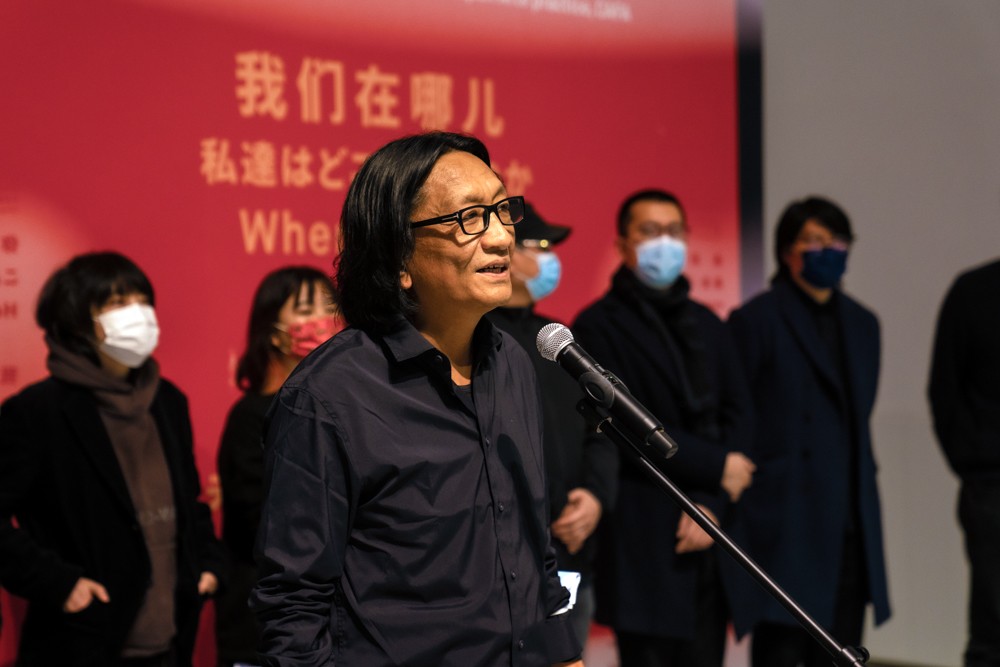
Su Xinping, Vice President of China Central Academy of Fine Arts
Su Xinping, Vice President of China Central Academy of Fine Arts, believed that these young artists have the characteristics of art talent that is cultivated by CAFA, they did not just have a broad vision and active thinking, but they also maintained a sensitivity to current politics, economy and culture in the world. They were the inheritors of the new CAFA generation.
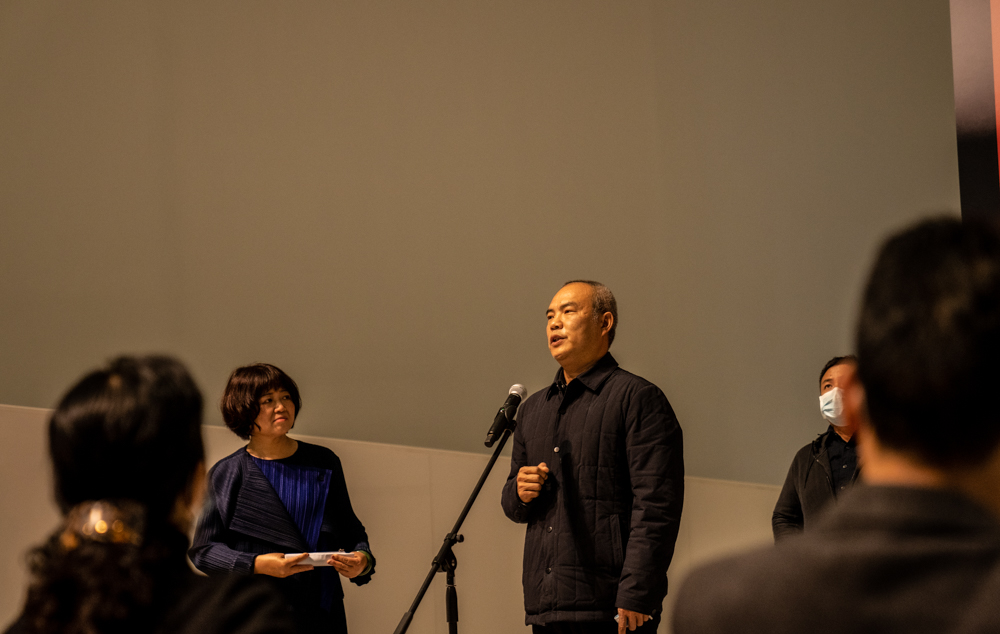
Lyu Pinjing, Vice President of China Central Academy of Fine Arts
Lyu Pinjing, Vice President of China Central Academy of Fine Arts, expressed that the residency project has played a mutually promoting role as they have communicated their academic expertise in an international cultural context, and their joint efforts have provided a good art ecology for young artists’ communication beyond cultures.

Qin Jianping, the initiator of the Residency Project and Director of CAFA Publicity Office
Qin Jianping, the initiator of the Residency Project and Director of CAFA Publicity Office, talked about the original intention of this project and she thought it aimed to build an effective platform for international exchange among artists. She hoped that through everyone’s endeavor, a satisfactory answer to the international residency project will be achieved and they can talk with their “voices of art.”
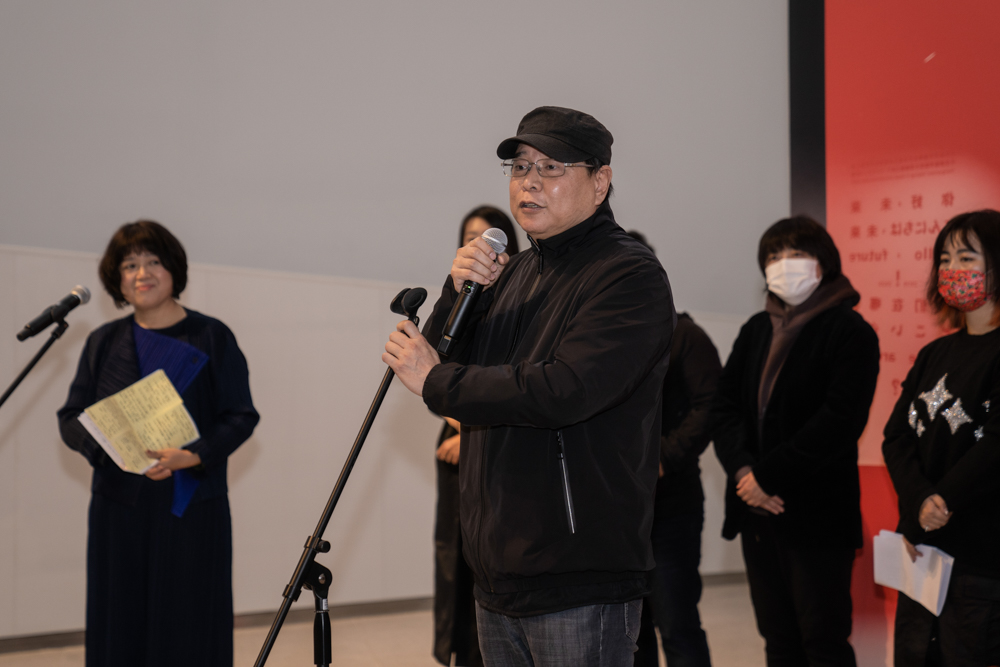
Cheng Qiming, Consultant of the Residency Project and Professor of the School of Architecture at China Central Academy of Fine Arts
Cheng Qiming, Consultant of the Residency Project and Professor of the School of Architecture at China Central Academy of Fine Arts, believed that it was thorough and efficient and the final exhibition combined every artist’s knowledge and thinking about Japanese architectural culture during the residency exploration.
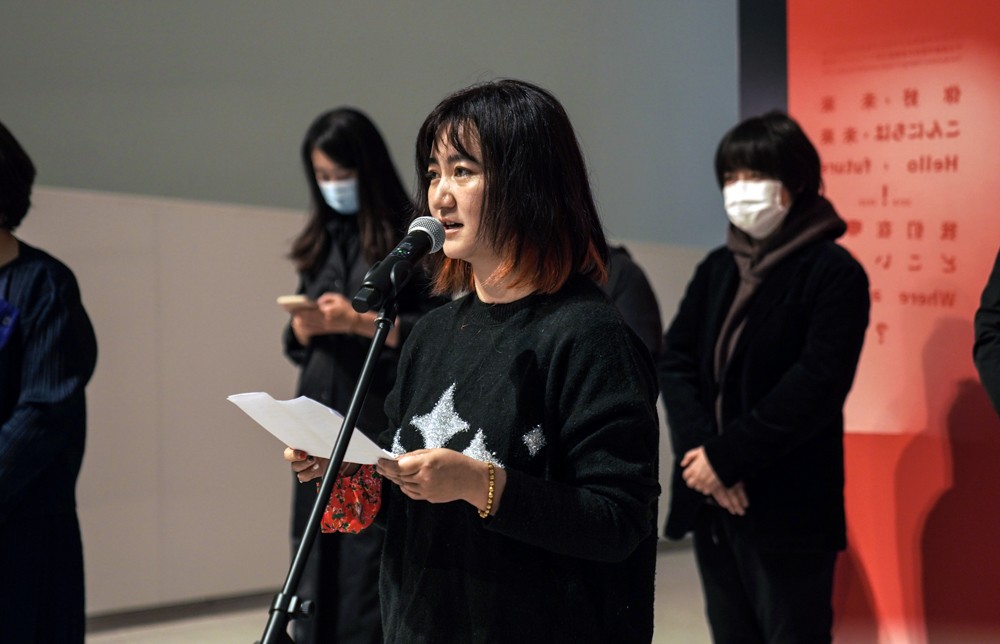
Ye Funa, an artist-in-residence and young teacher from the School of Experimental Art
Ye Funa, an artist-in-residence and young teacher from the School of Experimental Art, talked about her residence in Japan and the outbreak of the pandemic triggered new thinking, which urged her to think about the original intention of making art, and she began to renew her thinking about the identity of Asia, and the unique cultural and artistic value of our nationality.
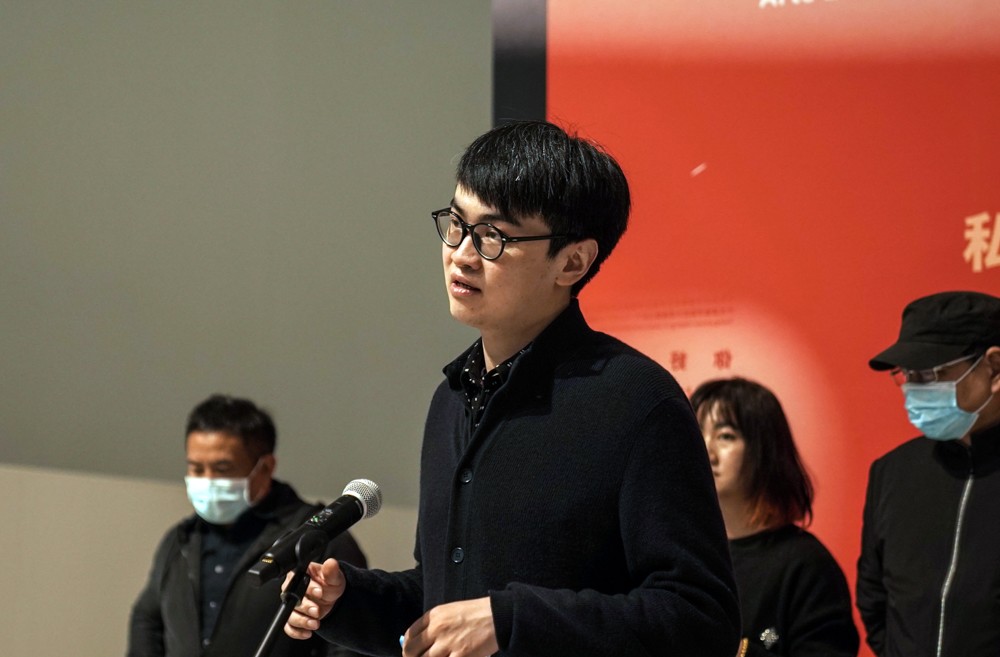
Chen Baoyang, an artist-in-residence and young teacher from the School of Experimental Art
Chen Baoyang, an artist-in-residence and young teacher from the School of Experimental Art, talked about the relationship between the residency practices and the creations, from Japan on the “previous experience” to the actual experience when he visited Japan, he tried to conduct the relationship between himself and the surrounding world with technological means.

The Group Photo of Honored Guests
The exhibition space has been transformed into a “dark space” suitable for a contemporary art exhibition where visitors can truly feel the relationship among artists, works and the exhibition space, either confronting or embedded, or growing in it. The entrance was consciously designed as a porch, with narrow doors leading to the interior on both sides. The gallery was equipped with several mirrors mounted on the walls and windows that indicate viewing, which can be regarded as a metaphor for artists to take a cultural reference between China and Japan, and at the same time they enrich the exhibition experience.
Wu Xiaohai took the fireworks exported from his hometown of Liuyang to Japan as an entry point. Through a virtual dialogue with the Japanese Prime Minister Yoshihide Suga, firework packages and the forms that imitate Japanese comics, reflect the gap in the economic and cultural interaction between China and Japan while exploring the superficial aspects of contemporary cultural exchanges. Shang Liang continued the theme of “Boxer” in his creation and he created a new series of portraits of “Boxer” with Doraemon’s smile.
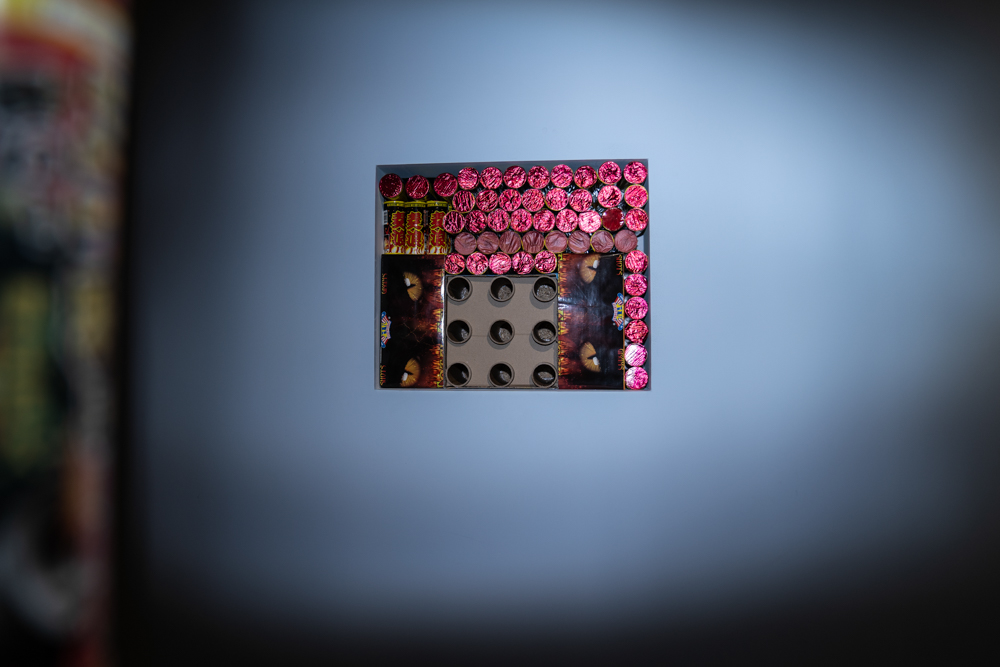



Wu Xiaohai, Colorful Clouds, production materials of Japanese fireworks exported from Liuyang including wood, charcoal and a video

Shang Liang, Portrait of a Boxer, FRP spray paint, 180 × 57 × 57 cm, 2020
Ye Funa created “Subspecies” and “Ping Pong Stream” which were based on her thoughts born in the residency exchange seminar, “What kind of art can we create in this current world? Who are we doing art for?” In response to the unique history of “ping pong diplomacy” and the role transformation confronted by Asian countries represented by “subspecies”: the creation is a positive action.

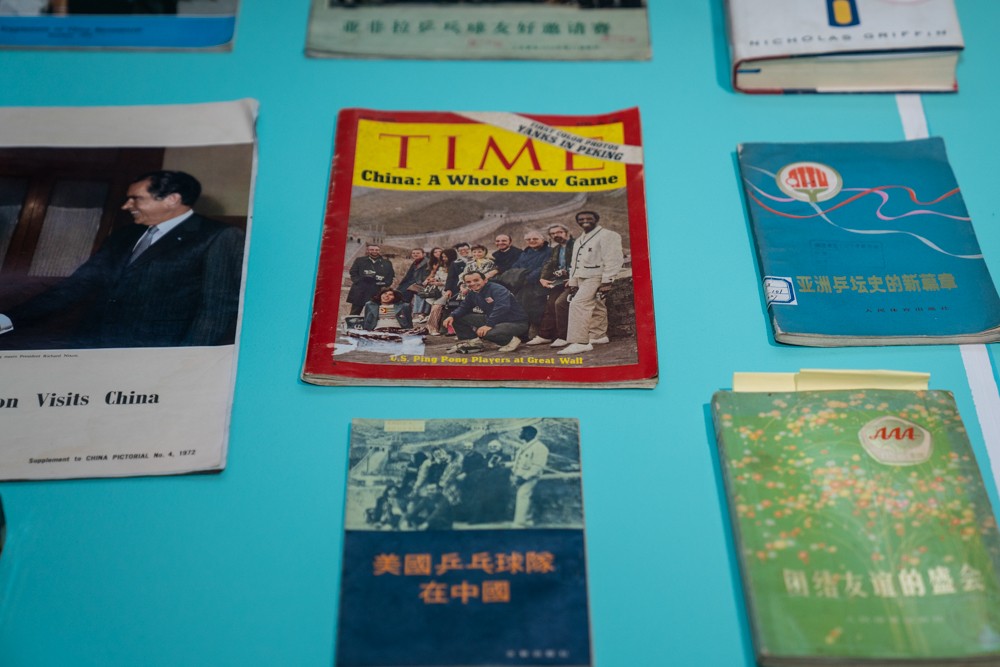
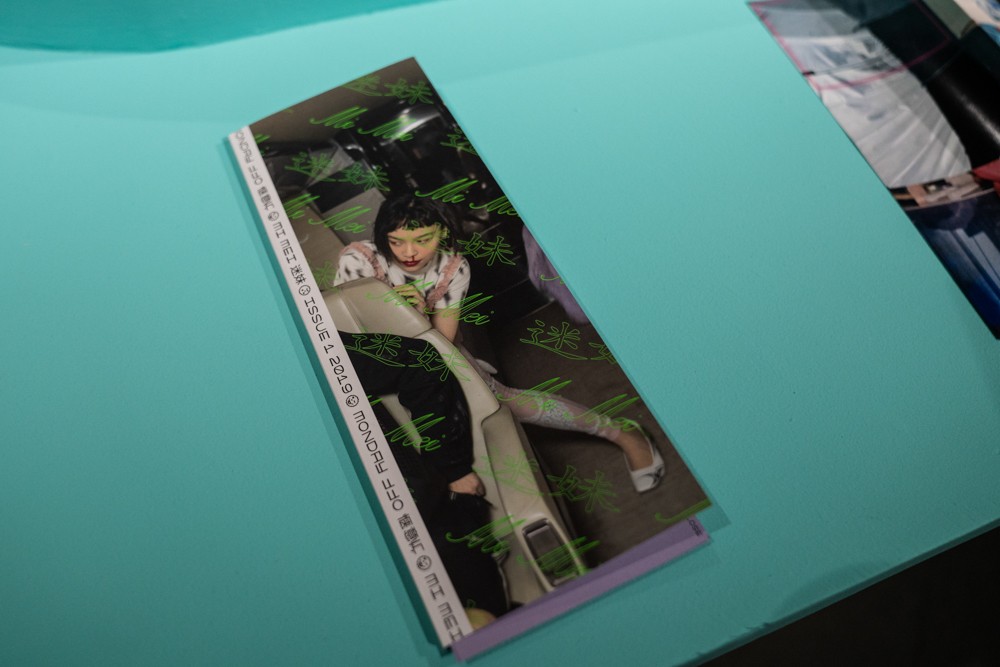
Ye Funa, Subspecies: 30 Hatsune Miku, mixed media (photographic micro-jets, grid paintings, interactive mechanical devices, machine-generated images, model figures), 2020


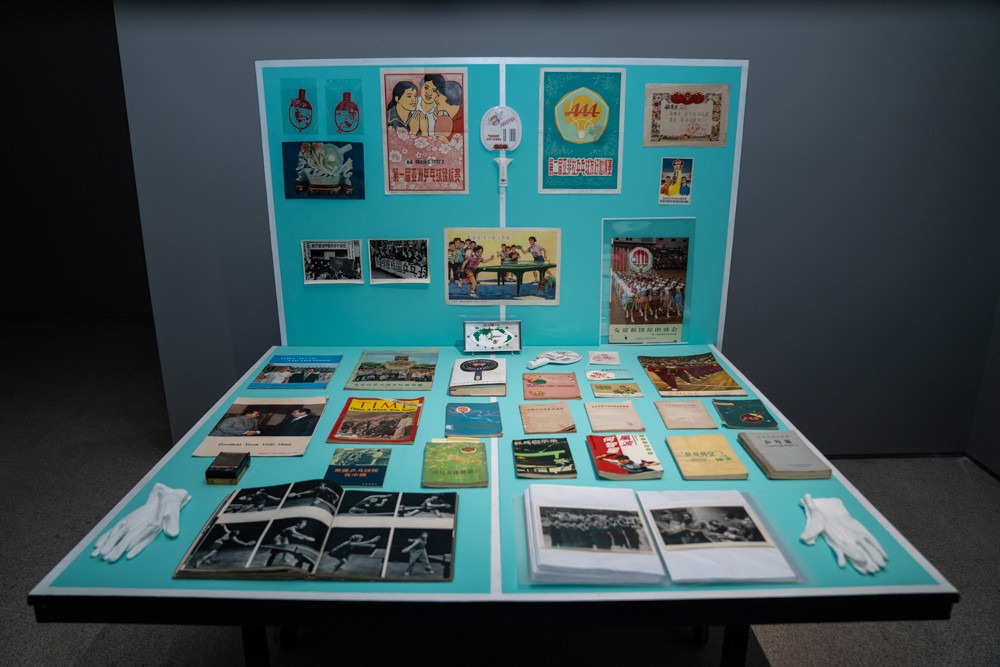
Ye Funa, Ping Pong Stream, Single-screen video, 30 minutes, Photography/Historical Documents, 2017
After Chen Baoyang visited Japan for the first time, he found that all the information that he had learned about this country from various media platforms began to disintegrate and reconstruct, the stereotypes and personal feelings were constant exchanges. We profoundly thought we understood the algorithmic world we created, but maybe it is just the “Tokyo Tower” we thought of in our hearts. Therefore, he used two small AI cars in the exhibition hall, they repeated busy but meaningless behaviors while trying to awaken us to understand the world we have created from a sincere perspective.
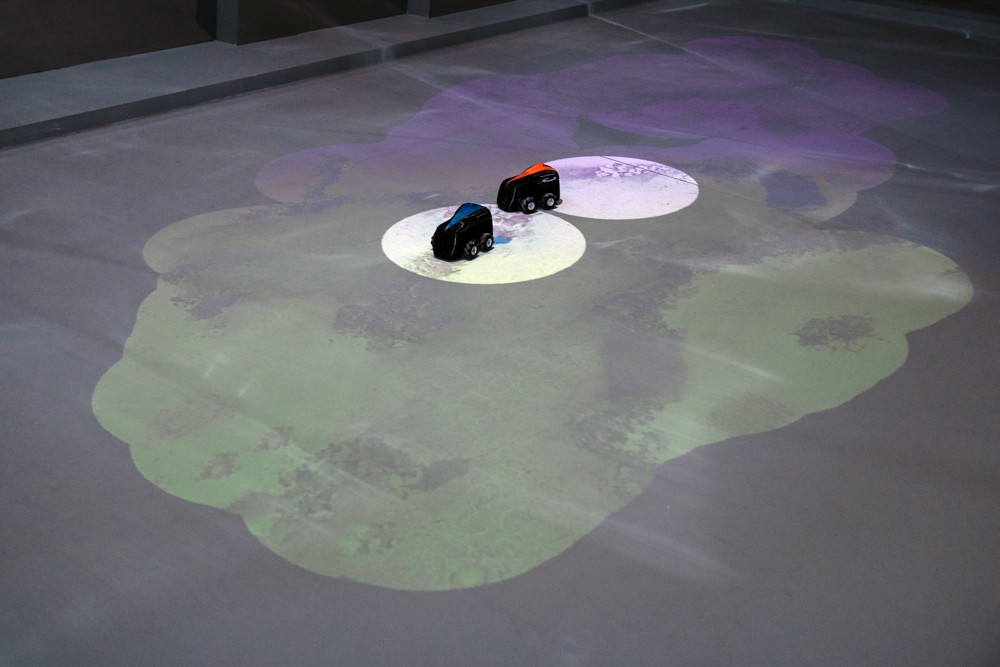
Chen Baoyang, Chasing the Mist, Artificial Intelligence, projection, and driving platform
Lu Zhengyuan gained a more intuitive comprehension of Japanese culture in his residency practice, and his work “Where Are We?” recorded his experience when he took a train in Japan. By observing the details that are easily overlooked during daily experiences, it was placed in a new context which inspires a seemingly familiar but unspeakable experience. This is not just a scene of presence in Japan, but it is also a real snippet about “where.”

Lu Zhengyuan, Where Are We?, Single-screen video, 1’45’’, 2019
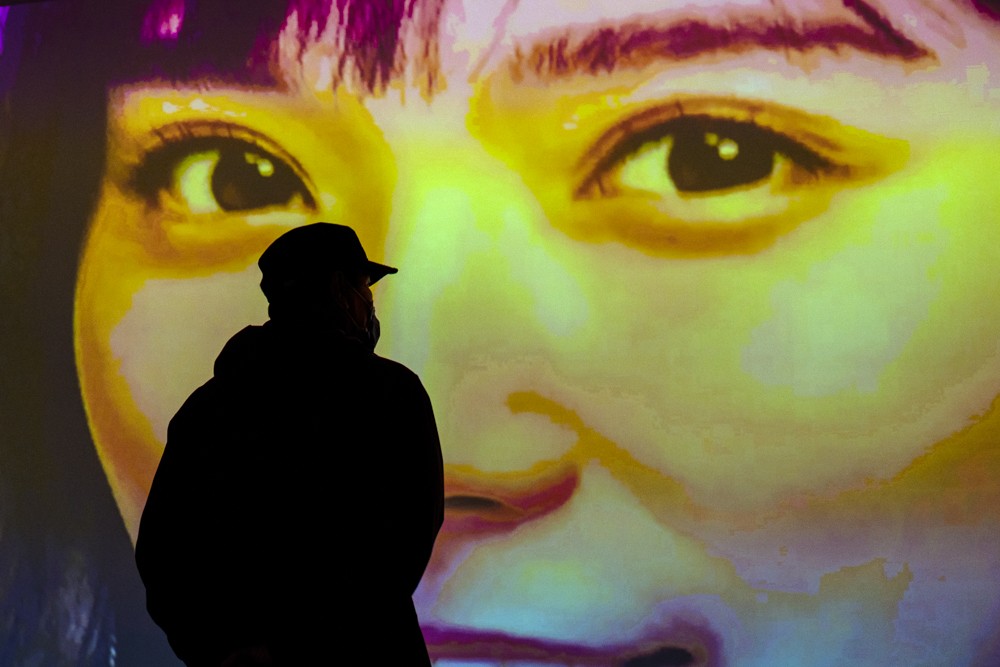
Lu Zhengyuan, Exhibition View
“Everyone just needs to follow the established timeline to complete a script of the day and all these experiences constitute a small part of a huge and sophisticated city.” The daily walking and ubiquitous curiosity during the residency period promoted Zhang Wenchao’s conception of “Labyrinth of Self-Discipline.” Etsu Egami who was born in Japan found clues to the modern exchanges between China and Japan in the residency project. Ryoei Hattori who was the Vice President of Beijing Academy of Fine Arts, was taken as a clue by Etsu Egami in her creation “Bewilderment”, she rethought the complicated relationship between China and Japan in the modern epoch in the variations and dislocations of information transmission.
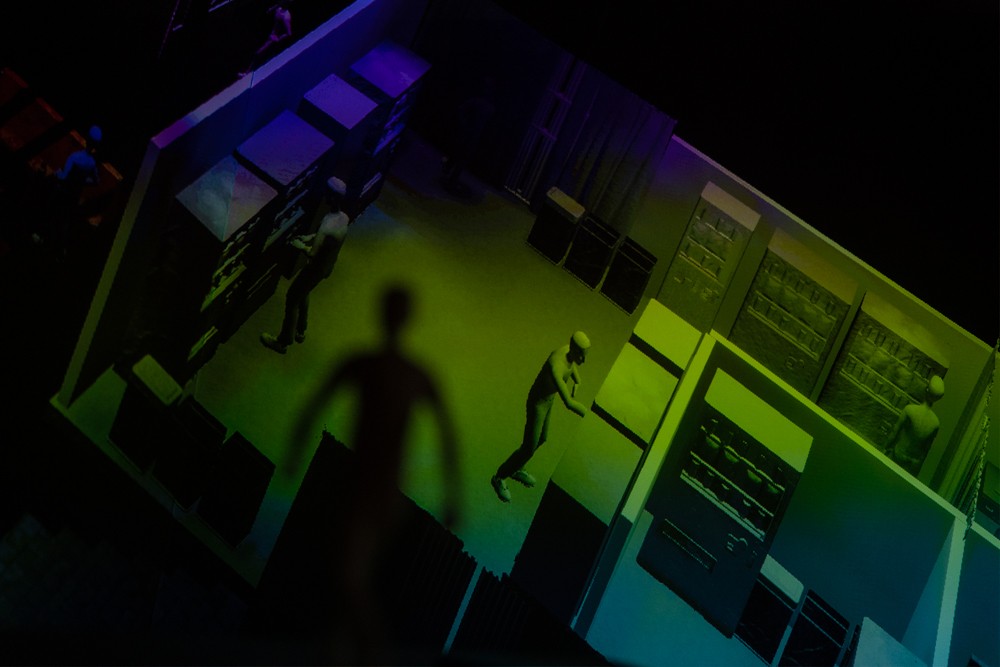
Zhang Wenchao, Labyrinth of Self-Discipline, live simulation and interactive game, unlimited length, sound controller device, variable size, 2021


Etsu Egami, Bewilderment, Installation, Dimension variable, 2021
Two years in the long river of history was just a short period, however for the sudden and still ongoing pandemic of COVID-19, various occurrences and changes are destined to become important historical nodes. What has happened in the world? Where should we go? Just as Qin Jianping, the initiator of the residency project and the Director of CAFA Publicity Office, wrote in the Preface for the exhibition, “Young Chinese artists should have their own answers.”
It is reported that the residency project is a follow-up project of Qingdao First Step Group’s donation to set up “First Step” Scholarship of the Central Academy of Fine Arts for the purpose of supporting the growth of young artists. The exhibition will remain on view till December 5.
Text edited by Xu Ruiqi, edited by CAFA ART INFO
Photo by Li Di and Li Biao/CAFA
About the exhibition

“Where are we? Where is the future? CAFA First Young Artist Residency Project
Exhibition time: November 5-December 5, 2021
Opening time: 14:30, November 5, 2021
Venue: Exhibition Hall A, 2nd Floor, CAFA Art Museum
Organizer: Central Academy of Fine Arts
Support: CAFA Education Development Foundation, Qingdao First Step Group
Co-organizer: Chiba International Art Association, Japan
Organizers: Publicity Office of Party Committee, Central Academy of Fine Arts
Chief Planner: Gao Hong, Fan Di'an
Academic support: Su Xinping
Planning: Qin Jianping
Curator: Cai Meng
Artists-in-residence: Wu Xiaohai, Shang Liang, Lu Zhengyuan, Ye Funa, Zhang Wenchao, Chen Baoyang, Etsu Egami
Consultant: Cheng Qiming
Assistant: Sun Wen




























